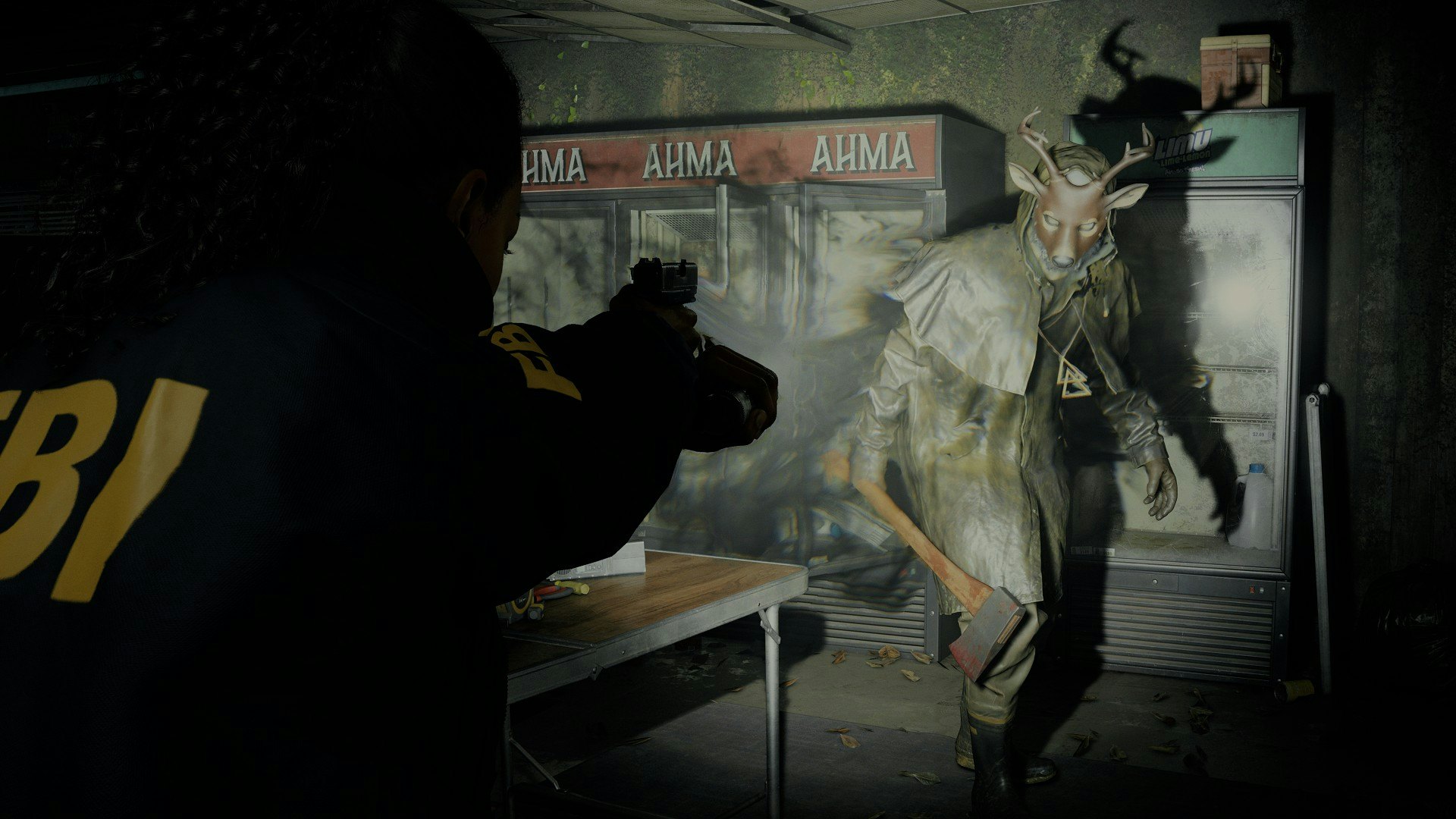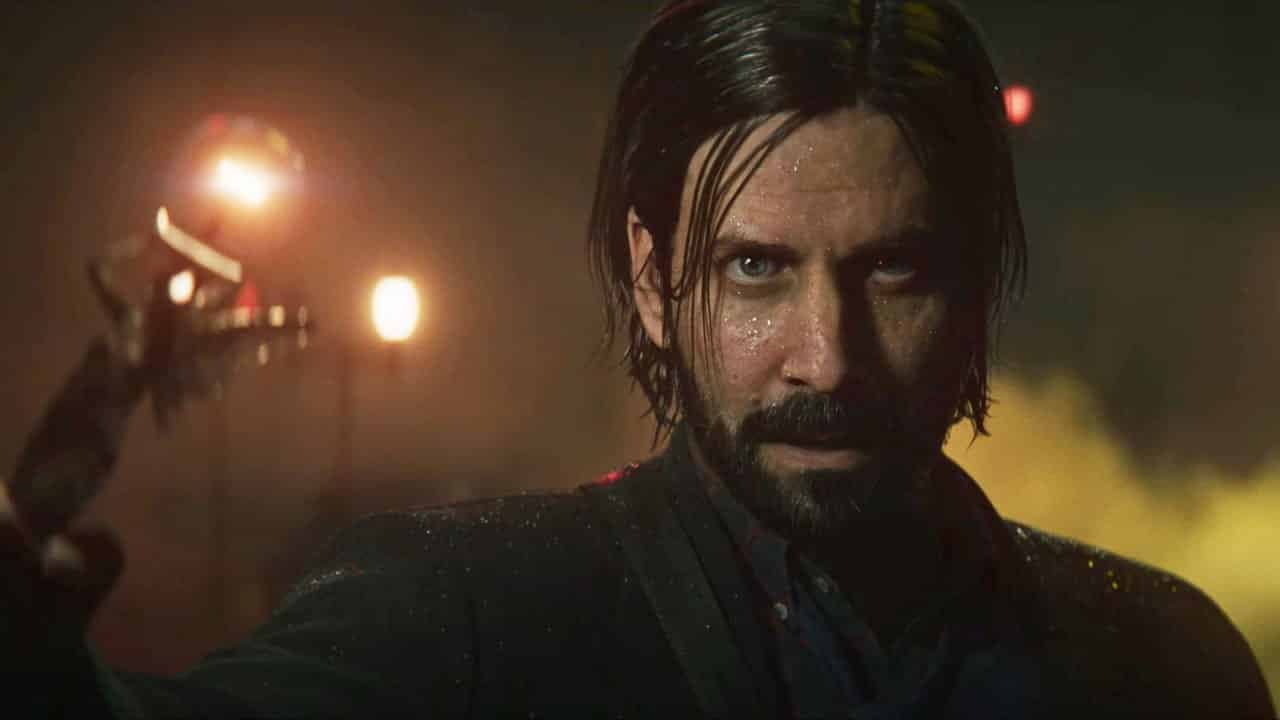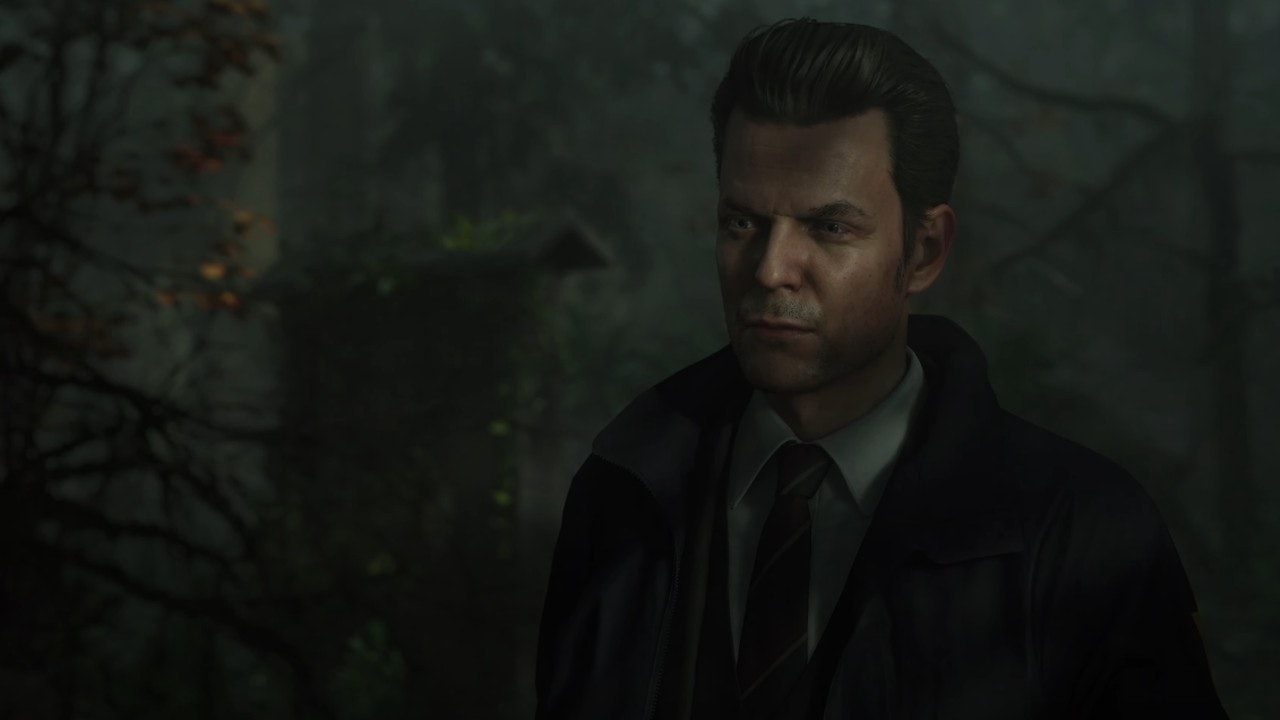
Alan Wake 2 is a sequel thirteen years in the making. It’s also Remedy’s most expansive game to date, and the studio’s first real stab at the survival horror genre.
The first Alan Wake has become Remedy’s biggest cult classic since its 2010 release. Drawing inspiration from Twin Peaks, the unabashedly weird experience blends elements of surrealism and psychological horror, telling the story of a writer whose thrillers suddenly became reality.
There are some wildly ambitious ideas at play in Alan Wake 2 as well, like a “Mind Place” that co-protagonist Saga can jump into at any time where she’s able to profile suspects and piece together clues on an evidence board, furthering the interconnected story.
Inverse had the chance to sit down with Remedy creative director Sam Lake and Alan Wake 2 game director Kyle Rowley, learning about everything from how the sequel’s dual protagonists play off each other and what Remedy universe fans might have in store.

How different was the original idea for a sequel from what you have now?
Lake: Very different. There are some elements on the level of lore, the location, and the characters that come from there. But with all the games we made in between, there were crucial learnings on how to make a better game, all of which we have taken and put into Alan Wake 2.
There were many concepts along the way, but obviously, it is a sequel when it comes to the character and location, and story. So there are some elements remaining, but many new ones, especially the structure and even the idea of us really going and embracing survival horror. That's a very recent one. It wasn't in any of the earlier concepts. It's in this one. And we feel very excited and happy about that because it really feels like the best possible match between the gameplay and the story.
How do you approach balancing horror and action into a cohesive experience?
Rowley: If we think back to the first game, one of the things we were quite aware of is the fact that with the narrative, game mechanics, and action, there was a bit of a dissonance between how those work together. That was very much on our mind when we were figuring out the best version of Alan Wake 2 and said, okay, survival horror.
It's a much slower-paced game, and there are more mechanically interesting things we can do with exploration and puzzles, particularly with Saga being an FBI profiler.
Combat is a key part of that. It's definitely a pillar, and we have this concept that you need to survive this terrifying story, but it's not the only part. From a pacing perspective, giving the player more ingredients to play with and more things to do means that when you do get to those combat encounters, they're more meaningful and memorable. On an environment and atmosphere side, a lot of the horror comes from the anticipation, not necessarily the actual encounter itself.
Speaking of the investigation mechanic, how much freedom is there in how the player pieces things together?
Lake: These kinds of gameplay elements are new to us, we have not done anything like that in previous games. It has gone through a lot of iteration and trying to balance it and find a good way where everything is flowing forward.
Alan Wake 2 will have a deeper and more ambitious story than any other game we've done. But at the same time, we want the gameplay and the storytelling to be more closely tied together. All of the investigations are part of that, you are actively participating in the story and piecing it together. You are understanding the story by finding the clues and placing them on the case board, actively making the story happen.

How do Saga and Alan play off each other?
Lake: We are focusing currently on showing Saga’s gameplay and we will come back in a couple of months and then focus on Alan’s side of the experience, then in a detailed way define how they interact. We start the experience as Saga, then early on we open it up to Alan’s side of the story, namely him trying to escape from the nightmare dimension of the Dark Place.
After that point, these two narrative threads are almost floating next to each other and we have certain key locations where you can choose to switch the character and follow the other side of it.
The story has been written in a way that they are very much connected, and there are interesting echoes and foreshadowing, and mirroring between these two stories. There is no wrong way to play — it's been built from the perspective that you can’t mess up on the continuity. If it feels thrilling to you to keep on playing the Dark Place side, you can do so without worrying. There has been a lot to figure out on the writing side of the story.
Alex Casey is a fictional character created by Alan in his novels, but he’s physically present in Alan Wake 2. How is that going to be explored?
Lake: This is very much a psychological horror story and it goes back to the first Alan Wake, with the idea of fiction turning to reality. It's part of this experience to be wondering what's real, what's fiction or imagined. And there are twists and turns along the way.
Obviously, Alex Casey is very much there in the Pacific Northwest. We know that Alan Wake used to write about a fictional detective called Alex Casey. The relationship between the two is very much a question.

Control’s AWE expansion established a lot of connections within the Remedy universe. Can we expect the universe to be more at the forefront, and are you trying to bring everything together?
Lake: Our idea is that every new game we make, because they are such huge entities of their own, need to be approachable on their own. That's part of Saga’s role in this, as she has not experienced any of these supernatural things tied to Alan Wake before. She comes in to investigate a case and then she starts to learn about these things. So a new player coming in is learning with her and there is no “required” knowledge of anything that has come before.
That being said, this is a Remedy connected universe experience. Our first big game, where we have openly established Remedy connected universe, and there will be plenty of material to be discovered related to that.






